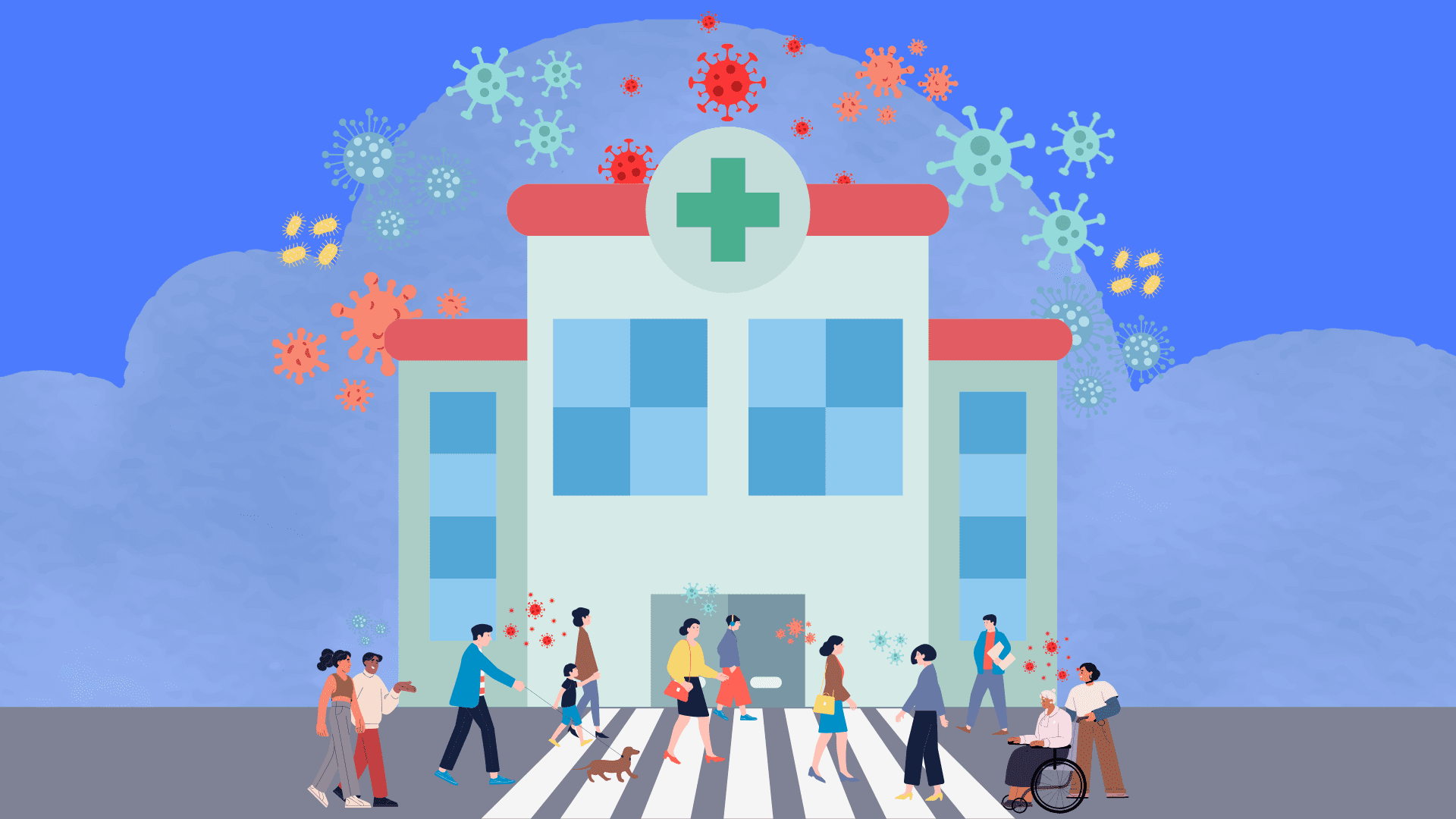04 Jun 2021
Utilising PropTech post-pandemic

As we emerge from the grips of the pandemic, the commercial real estate industry will heavily rely on PropTech solutions to adapt and grow in the coming years. The utilisation of PropTech will see building developers, construction companies and property managers create efficient and sustainable workplaces for employees.
In terms of real estate, PropTech creates value that achieves efficiency and cost savings. It has led to a movement and shift in mentality within the sector as it looks to tech-driven innovation to help design and operate the buildings and cities of the future.
Refurbishing existing buildings provides a great opportunity to improve their energy performance. Retrofits tend to involve modifications that improve the efficiency of energy performance and/or decreasing the demand for energy, therefore, emissions will be lower and cost reduced.
Another advantage of retrofitting is the option of installing distributed generation. Again, this will reduce the operational costs, particularly in older buildings, whilst attracting new tenants and offering companies a market edge.
Smart buildings
This is essentially a technology-based platform that facilitates the operation and management of real estate assets. It can provide information regarding building performance and/or control building services.
In a post-pandemic world, the importance of creating safe, healthy and welcoming workplaces is vital. Innovation in shading and lighting levels, indoor air quality and filtration, personalised thermal comfort and building configuration go far to support these efforts.
Environmental, Social and Governance (ESG)
An issue that is taking on more and more importance. PropTech will play a key role in helping commercial real estate to meet sustainability standards. Growth in these investments is on the rise and it is expected that investors and building owners/operators who incorporate ESG principles will benefit from long-term value.
Digital twins
Digital twins such as Twinview are the epitome of PropTech solutions due to the increased accessibility and lower cost of IoT devices. Twinview can improve the efficiency of facilities management through its use of QR codes and Bluetooth beacon technology, the user has the ability to quickly locate assets within a particular area of a building by scanning an asset or standing in a specific space. Below are some other examples.
Managers and operators can assess whether a space is performing in a sustainable way and if not, identify areas of improvement.
Occupants can access and monitor in real-time functions such as indoor air quality data.
Owners are equipped with comprehensive data and are therefore enabled to see trends, become highly responsive and find cost-savings.
The data helps ensure that legal compliance with regulations is rigorously affected.
Twinview moves your building closer to Net Zero by unlocking data and using artificial intelligence to identify trends and opportunities. Book a demo today to find out how Twinview can help you reduce your building’s carbon footprint and operational costs whilst improving efficiency and occupier experience.
Related insights

Industry Insights
Can Digital Twins Help Us Design Buildings That Bring People Together?
Loneliness is increasingly recognised as a public health issue, and the built environment has a role to play in addressing it. A well-designed building can meet every technical standard yet still leave people feeling isolated. Homes, workplaces, campuses and later-living communities often fall short not because they lack function, but because they lack connection. Architects and planners are beginning to ask a deeper question: how can buildings help people feel less alone? This isn’t about surveillance. It’s about feedback, helping designers and operators refine buildings after handover to better support wellbeing and social interaction. Technology won’t solve loneliness on its own, but used responsibly, digital twins like Twinview can guide the creation of buildings that feel more human.
Read more

Preserving the Past Through the Future: How Digital Twins Are Transforming Heritage Conservation
Discover how digital twins are transforming heritage conservation. Historic buildings face growing threats from climate change, material decay and visitor impact, yet traditional maintenance methods are often reactive and unable to prevent long-term damage. This article explores how digital twins offer a new path to proactive preservation, giving conservation teams powerful insight without compromising historical integrity. Whether a building is centuries old or lacks detailed plans, Twinview enables conservation teams to start small and build meaningful insight step by step. With digital twins, we can shift from reactive repairs to predictive preservation, protecting authenticity while planning confidently for the future. Explore how technology can give history a digital life.
Read more

Industry Insights
Digital Twins for Infection Control in Hospitals: Supporting Safer Healthcare Environments
Infection prevention has always been central to safe healthcare, but COVID-19 exposed how vulnerable hospitals can be to outbreaks. Digital twins like Twinview offer hospitals real-time insight into how buildings are used, from patient flow and air quality to occupancy and cleaning. By creating a live 3D model of the facility, Twinview helps teams identify high-risk areas, optimise ventilation and target cleaning where it’s needed most. It supports smarter admissions, safer waiting areas and data-driven decisions that reduce infection risks. Rather than predicting every outbreak, Twinview highlights unsafe conditions early, empowering hospitals to act fast. Integrated with IoT sensors and building systems, it enhances compliance, safety and efficiency. As digital twin technology evolves, Twinview’s potential grows, supporting AI-driven analytics, clinical integration and sustainable, infection-resilient hospital design for the future.
Read more

